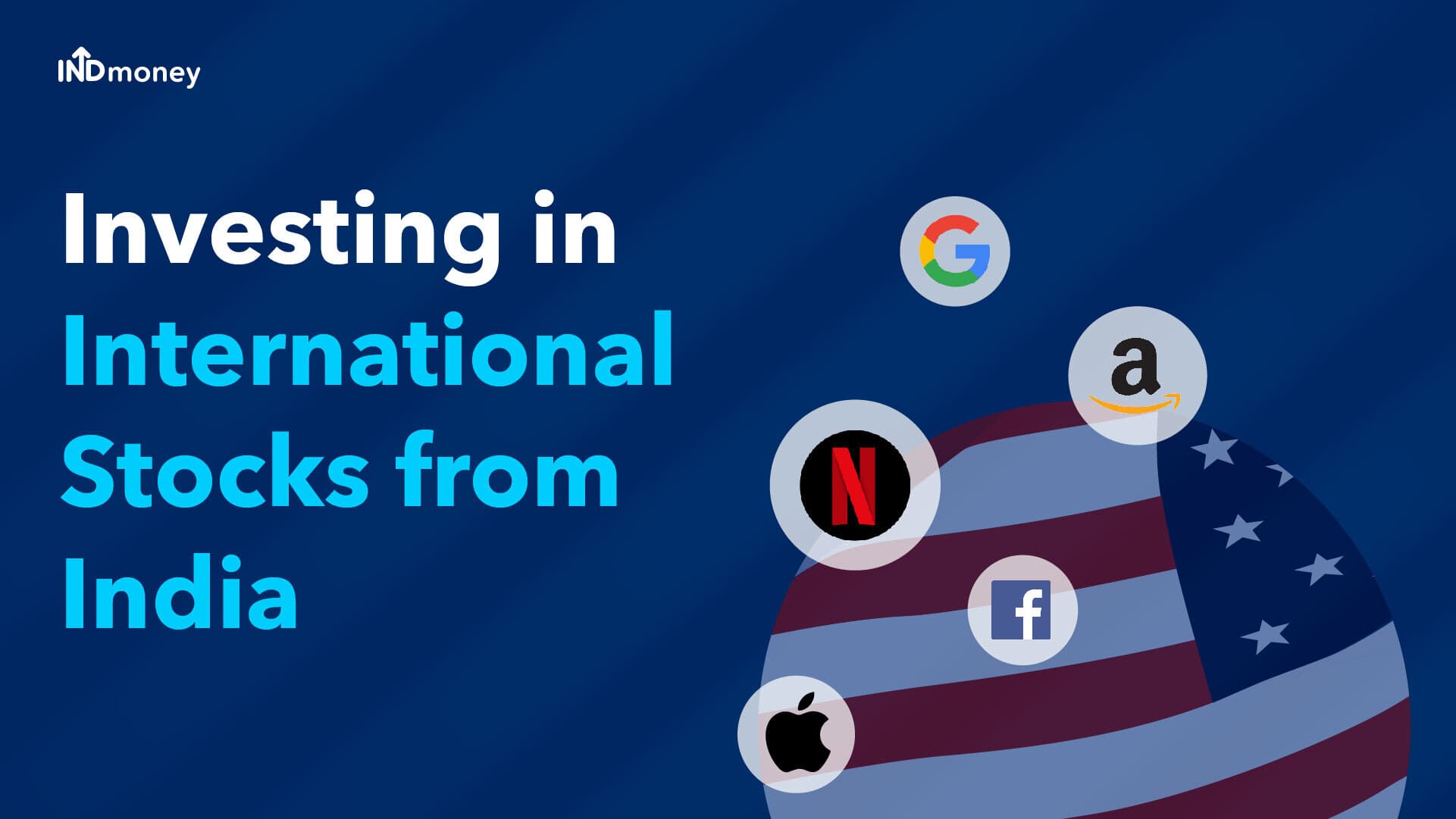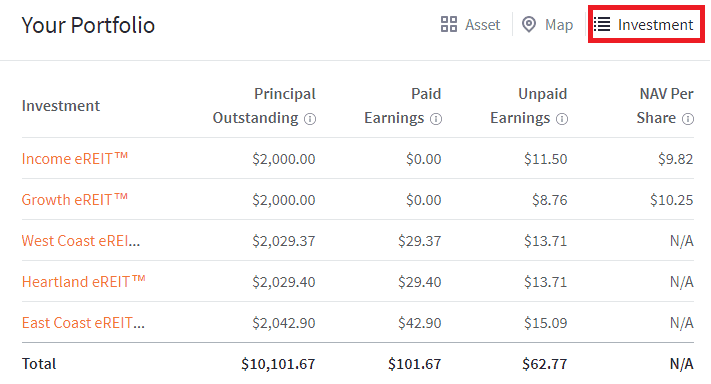
The answer to the question of "How much should you invest?" is very personal. It's very individual. It will depend on your financial situation as well as your goals. Because everyone is different, the amount you put aside will differ. However, there are many ways to start investing - and any amount is better than nothing. Find out how much to invest in each type of investment. When you see the results, you will be happy you did!
Invest as much of your money as you are able
Although the idea of investing as much money as you can afford sounds appealing, it can be dangerous. Investing means that you put your money into riskier investments, such buying stock or real estate. The more risk you take, the higher the payout you can expect. There are several ways that you can get started if your not sure what to do.
It is a great strategy to invest consistently. It doesn't matter if you don't have the funds, investing as little as possible is a great way of getting started. Even if your budget is limited to a few hundred dollars, even $50 or $100 a monthly will allow you to start investing. And once you've gotten comfortable investing, set up an automatic monthly investment to help you stay on track.

Stocks investing
You might be asking yourself the following question: How much should I invest? Although stocks are known for their volatility, they can also be an attractive investment due to their long-term growth. A rule of thumb is to invest only $50-$100 per month. If you cannot afford to invest more you should set up an automated monthly investment in your brokerage accounts. You can gradually increase the amount of money you invest each month.
Investors should be ready for market volatility, even though there are no guarantees. Bear markets occur when major indices fall 20% or more from their highest point. This can happen multiple times in an investor’s lifetime. Therefore, it's important to invest only in stocks that are likely to suffer a 30%-or greater downturn. Stocks can plummet quite a bit during downturns. This can reduce your account balance.
Investing with bonds
Bonds could be a good way to diversify portfolio. Bonds reduce volatility as well as risk. Additionally, some government bonds can offer tax advantages. Municipal bonds, on the other hand, are exempted form tax. Treasury bonds, however, are subject to federal taxes. Bond funds might specialize in a certain type of bond, or have a specific credit rating. However, before you decide to invest in individual bonds and/or bond mutual funds, it is important to understand the risks.
Although bonds come with low risks, they still carry some risk. They are able to provide income but don't carry the same risk as stocks. And they can even be a great way to diversify your portfolio, as long as you mix them with equities and municipal bonds. Bonds can be laddered to mature each year. This allows you access cash as needed. Do your research on the type of bond you are considering to purchase to assess the risk.

Investing in real estate
Answering the question "How much should you invest in real estate?" is simple. It all depends on your goals. Real estate may not be for everyone. Depending on your experience level, you might choose to invest only in one property or a large portfolio of different properties. Below are some reasons why investing in real estate is a wise choice. Real estate can provide passive income and also diversification, as well tax advantages. Real estate investments also allow you to take full control of your investments.
While it's tempting to invest in a speculative property to realize quick profits, you should keep in mind that real estate requires a long-term investment strategy. You shouldn't invest in real property with credit, or in debt. This is because debt always brings risk. The higher your risk, the greater chance that you'll lose all of your investment. It is important to determine the amount you can afford before purchasing.
FAQ
What's the difference between marketable and non-marketable securities?
The differences between non-marketable and marketable securities include lower liquidity, trading volumes, higher transaction costs, and lower trading volume. Marketable securities are traded on exchanges, and have higher liquidity and trading volumes. They also offer better price discovery mechanisms as they trade at all times. But, this is not the only exception. There are exceptions to this rule, such as mutual funds that are only available for institutional investors and do not trade on public exchanges.
Non-marketable securities can be more risky that marketable securities. They generally have lower yields, and require greater initial capital deposits. Marketable securities can be more secure and simpler to deal with than those that are not marketable.
For example, a bond issued by a large corporation has a much higher chance of repaying than a bond issued by a small business. The reason for this is that the former might have a strong balance, while those issued by smaller businesses may not.
Because they are able to earn greater portfolio returns, investment firms prefer to hold marketable security.
What is a REIT?
An entity called a real estate investment trust (REIT), is one that holds income-producing properties like apartment buildings, shopping centers and office buildings. These publicly traded companies pay dividends rather than paying corporate taxes.
They are similar to corporations, except that they don't own goods or property.
How are securities traded?
Stock market: Investors buy shares of companies to make money. Shares are issued by companies to raise capital and sold to investors. Investors can then sell these shares back at the company if they feel the company is worth something.
The supply and demand factors determine the stock market price. If there are fewer buyers than vendors, the price will rise. However, if sellers are more numerous than buyers, the prices will drop.
There are two ways to trade stocks.
-
Directly from your company
-
Through a broker
Statistics
- Individuals with very limited financial experience are either terrified by horror stories of average investors losing 50% of their portfolio value or are beguiled by "hot tips" that bear the promise of huge rewards but seldom pay off. (investopedia.com)
- Even if you find talent for trading stocks, allocating more than 10% of your portfolio to an individual stock can expose your savings to too much volatility. (nerdwallet.com)
- "If all of your money's in one stock, you could potentially lose 50% of it overnight," Moore says. (nerdwallet.com)
- Our focus on Main Street investors reflects the fact that American households own $38 trillion worth of equities, more than 59 percent of the U.S. equity market either directly or indirectly through mutual funds, retirement accounts, and other investments. (sec.gov)
External Links
How To
How to open a Trading Account
The first step is to open a brokerage account. There are many brokers available, each offering different services. Some brokers charge fees while some do not. Etrade, TD Ameritrade Fidelity Schwab Scottrade Interactive Brokers are some of the most popular brokerages.
After you have opened an account, choose the type of account that you wish to open. Choose one of the following options:
-
Individual Retirement Accounts, IRAs
-
Roth Individual Retirement Accounts
-
401(k)s
-
403(b)s
-
SIMPLE IRAs
-
SEP IRAs
-
SIMPLE 401K
Each option comes with its own set of benefits. IRA accounts offer tax advantages, but they require more paperwork than the other options. Roth IRAs allow investors deductions from their taxable income. However, they can't be used to withdraw funds. SIMPLE IRAs can be funded with employer matching funds. SEP IRAs work in the same way as SIMPLE IRAs. SIMPLE IRAs can be set up in minutes. These IRAs allow employees to make pre-tax contributions and employers can match them.
Next, decide how much money to invest. This is known as your initial deposit. A majority of brokers will offer you a range depending on the return you desire. A range of deposits could be offered, for example, $5,000-$10,000, depending on your rate of return. The lower end represents a conservative approach while the higher end represents a risky strategy.
Once you have decided on the type account you want, it is time to decide how much you want to invest. Each broker will require you to invest minimum amounts. These minimum amounts can vary from broker to broker, so make sure you check with each one.
After choosing the type account that suits your needs and the amount you are willing to invest, you can choose a broker. Before you choose a broker, consider the following:
-
Fees - Be sure to understand and be reasonable with the fees. Brokers often try to conceal fees by offering rebates and free trades. However, some brokers charge more for your first trade. Be wary of any broker who tries to trick you into paying extra fees.
-
Customer service: Look out for customer service representatives with knowledge about the product and who can answer questions quickly.
-
Security - Make sure you choose a broker that offers security features such multi-signature technology, two-factor authentication, and other.
-
Mobile apps - Check if the broker offers mobile apps that let you access your portfolio anywhere via your smartphone.
-
Social media presence - Find out if the broker has an active social media presence. It may be time to move on if they don’t.
-
Technology - Does the broker use cutting-edge technology? Is the trading platform intuitive? Are there any issues when using the platform?
After choosing a broker you will need to sign up for an Account. Some brokers offer free trials while others require you to pay a fee. After signing up, you will need to confirm email address, phone number and password. Next, you'll have to give personal information such your name, date and social security numbers. You'll need to provide proof of identity to verify your identity.
After your verification, you will receive emails from the new brokerage firm. These emails contain important information and you should read them carefully. You'll find information about which assets you can purchase and sell, as well as the types of transactions and fees. Be sure to keep track any special promotions that your broker sends. These could include referral bonuses, contests, or even free trades!
Next, you will need to open an account online. Opening an account online is normally done via a third-party website, such as TradeStation. Both of these websites are great for beginners. You'll need to fill out your name, address, phone number and email address when opening an account. After you submit this information, you will receive an activation code. This code will allow you to log in to your account and complete the process.
Once you have opened a new account, you are ready to start investing.